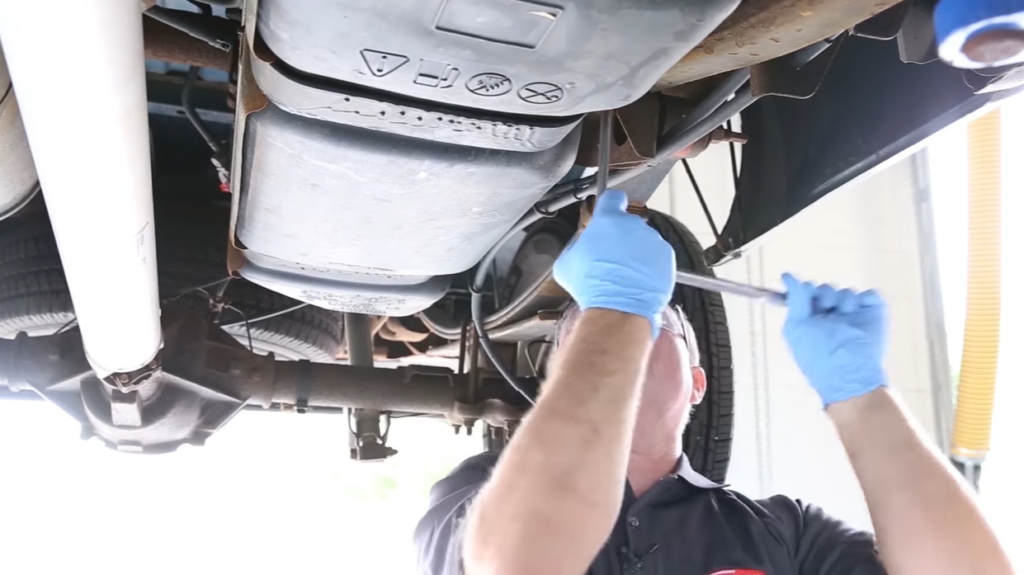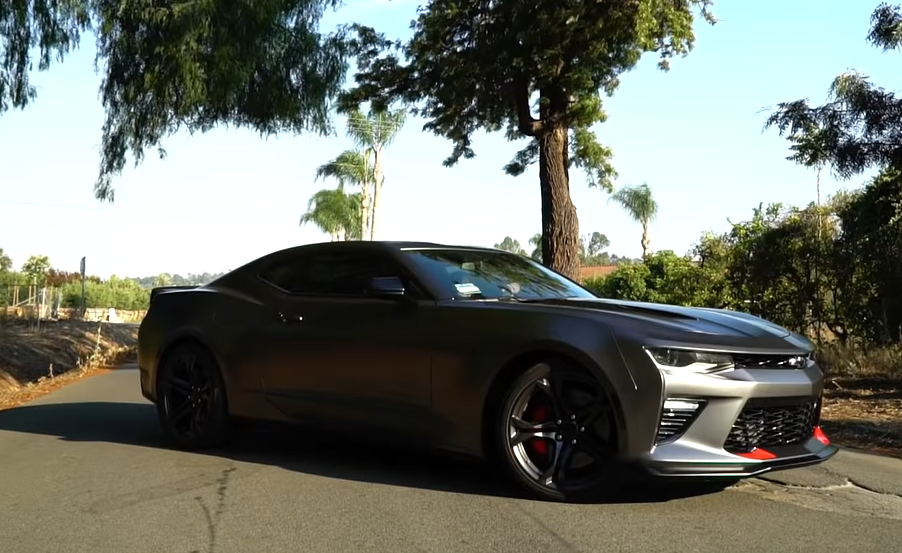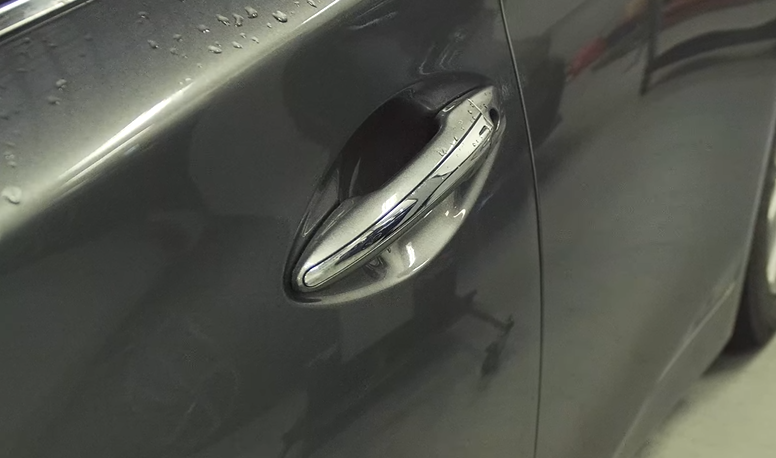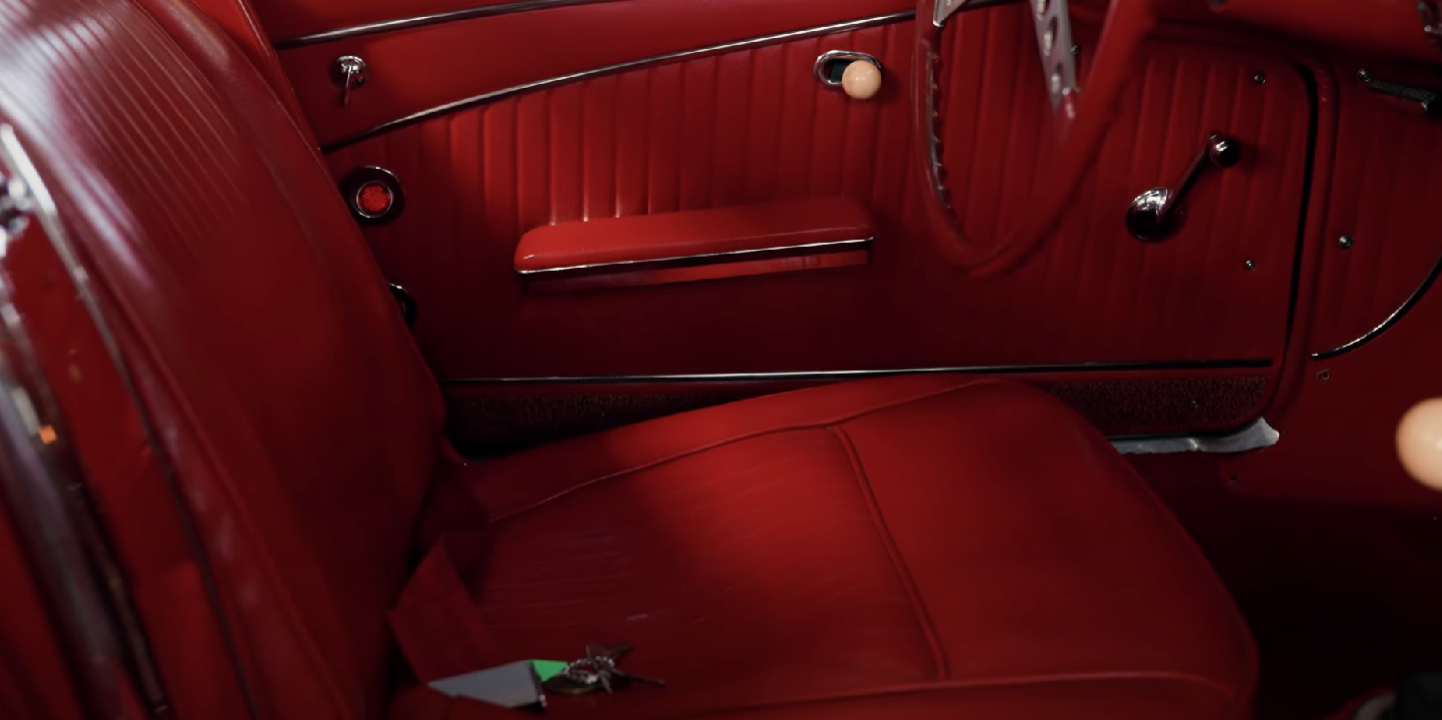Customizing a car to match your unique preferences and style is exciting. However, determining the cost of such customization can be a challenging task.
In this article, we will explore the factors that influence the cost of customizing a car and provide estimates for various modifications.
Factors Influencing the Cost of Customization
1. Condition of the Vehicle
The initial condition of the vehicle plays a significant role in determining the cost of customization. If the car is in poor condition, it will require additional investments to ensure a solid base.
It addresses rust, suspension problems, and engine/transmission/axle issues. These repairs can range from $1,000 to $5,000 in parts alone, not accounting for labor costs.
2. Custom Modifications
Custom modifications are an integral part of car customization. They include paint, bodywork, performance upgrades, suspensions, wheels, tires, and custom stereo setups along with video monitors.

- Paint: A professional paint job can cost between $5,000 and $20,000, depending on the complexity of the design and the quality of the materials used.
- Bodywork: Additional bodywork costs can range from $2,000 to $5,000 or more, depending on the extent of modifications required.
- Performance Modifications: Enhancing the vehicle’s performance can cost anywhere from $2,000 to $5,000 or more, depending on the desired upgrades.
- Custom Suspensions: The cost of custom suspensions varies depending on the type, ranging from $2,000 to $5,000 or more. It includes options such as hydraulics, airbags, or lifted off-road suspensions.
- Wheels and Tires: Custom wheel sets can exceed $10,000 for a group of four, while tires for larger rim sizes can cost between $1,200 and $1,500.

- Custom Stereo Setups with Video Monitors: Adding a custom stereo setup with video monitors can add a couple of thousand dollars to the overall cost.
Sponsorship and its Impact on Costs
In TV shows and car customizations, sponsorship agreements often cover a significant portion of the expenses. Sponsors may provide parts and funding, reducing costs for the show participants.
The presence of brand logos on parts showcased during takes on construction is a testament to the sponsorship agreements in place. However, it’s worth noting that some individuals may use company stickers to create the illusion of sponsorship, even without solid financial support.
Budgeting for a Custom Build
To effectively budget for a custom build, it is essential to categorize expenses using spreadsheets. It allows for a comprehensive overview of the project’s financial aspects and helps ensure all costs are accounted for. Consider allocating funds to different categories, including:
Vehicle Purchase
Set aside a budget for acquiring the base vehicle. This amount can vary depending on whether you buy a used car or a new one. Research the market and determine a realistic budget that aligns with your desired specifications.

Engine Maintenance
Assess the engine’s condition and allocate funds for necessary repairs or upgrades. Engine modifications can range from simple tune-ups to complete rebuilds, and costs vary accordingly. Consult with professionals or experienced mechanics to estimate the expenses accurately.
Interior
Customizing the interior of your vehicle can involve various elements such as seats, upholstery, sound systems, and electronics. Consider your desired level of comfort and entertainment, and set a budget accordingly. Keep in mind that high-quality materials and advanced features may increase costs.
Bodywork
Allocate funds for body modifications, including panel repairs, custom paint jobs, and any alterations or additions desired. The extent of bodywork will depend on your vision of the vehicle’s appearance and can range from subtle enhancements to complete transformations.
Chassis and Suspension
If you plan to modify the chassis or suspension, factor in the cost of components and labor. Custom chassis, suspension systems, and related upgrades can significantly enhance the vehicle’s performance and handling characteristics. However, they often come at a higher price point.
Necessary Modifications
Consider any additional modifications required to achieve your desired customization goals. It may include performance upgrades, exhaust systems, brake enhancements, lighting modifications, or other bespoke features—research and estimate costs for each change.

Additionally, it is crucial to account for the cost of insurance. Customized vehicles, exceptionally tall off-road vehicles or those with substantial modifications, may require specialized insurance coverage, which can be more expensive than standard policies.
Consult with insurance providers to obtain accurate quotes and ensure your budget accounts for this significant expense.
Furthermore, hiring professionals for specialized tasks that require specific expertise or equipment should be factored into the budget.
Procurement of Custom Car Parts
Researching affordable custom parts or accessories sources can save time and money. By planning and identifying reliable suppliers, you can ensure access to the required components at reasonable prices.
Examples of Custom Car Builds
One remarkable example of a custom car build is the story of a 1962 Corvette [1]. Despite being too big to fit into a C1 Corvette, Joe Boyd’s vision and determination led to a remarkable transformation.

The customizations included a widened body, hand-fabricated chassis, modern suspension, a powerful engine, and a custom paint job. The final price of this custom-built 1962 Corvette was estimated to be around $200,000, considering the extensive modifications involved.
Conclusion
Customizing a car is an expensive endeavor that requires careful planning, budgeting, and consideration of various factors. The vehicle’s initial condition influences the cost of customization, the extent of modifications, and the quality of materials used.
Sponsorship agreements can reduce expenses for TV show participants, but it’s essential to distinguish between genuine sponsorships and the use of company stickers for imitation.
Understanding the motivations behind investing in customization and recognizing the importance of budgeting and planning is critical to a successful custom build.

